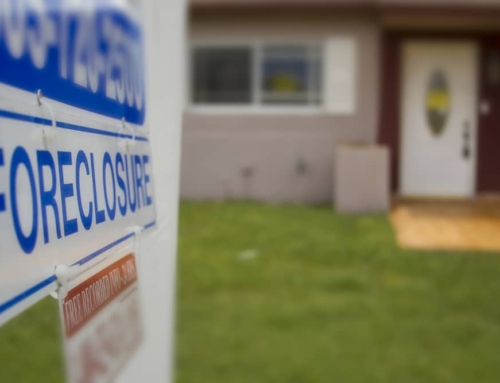There’s a clean line down the middle, but it isn’t about being Democrat or Republican.
The real estate world is separated into buyers and sellers, and these days, many sellers are looking rather enviously across the aisle, hoping to switch sides.
The reason for sellers’ envy is pretty clear — almost everywhere in the country, it’s a buyer’s market: There are more homes for sale than there are qualified buyers to purchase them. Most buyers have a cornucopia of options, and their agents are helping them make the most of their moment in the sun.
But while the going seems good, to avoid getting burned in the long run, buyers need to make smart moves along the way. You can truly be a buyer in the strongest buyers’ market in a decade and wind up with a lousy home that was overpriced.
How do you avoid making a bad mistake when the market is in your favor? It requires a little planning.
First, you have to know what you want and how long you plan to live there.
Home buyers need to look at their lives honestly and try to forecast where they’re going. Is this a home that you’ll stay in for 3 years, 5 years or 25 years? Is this a home that you can add on to, or will you have to move to accommodate a growing family or school-age children?
If you have a 5-year or 10-year time horizon, you have to think about what might happen to you or your family in that timeframe.
For example, if you’re engaged or are in a committed relationship, and you want children, it’s reasonable to assume that within 5 to 10 years, you’ll have children. If you have kids, is the house you’re going to buy big enough for you and a growing family? Is this your family neighborhood of choice?
And there are other questions to consider: Does the school district work? Are there adequate child care choices and other resources that working parents depend upon? What about other educational and recreational opportunities? Is there shopping and services close by? Is the community easily accessible by public transportation in case your babysitter doesn’t have a car?
Even if you can’t nail down exactly how long you’ll live in this home, try to think in lifestyle blocks: Single, committed relationship, children, empty nesters, caregiver for aging parent, etc.
Once you figure out those priorities, then it’s time to assess what is true value in your neighborhood of choice.
The concept here is to understand what’s going on with home prices and appreciation so that you don’t overpay for what you’re getting.
Visiting open houses and homes for sale in your neighborhood of choice will give you a sense of what sellers are asking for. Then, your agent can fill you in on how much homes have sold for in the area.
After awhile, you’;ll begin to sense a relationship to price and value. You’ll begin to develop the ability to add or subtract amounts depending on the condition, size, and amenities of each property.
You can do some of this groundwork on the Internet, such as figuring out how much the seller paid for the property. But eventually you’ll have to get out there and see properties in person. A lot of the underlying value of a property is based on location: Not just on where the property is located on a street, but where it is located in the neighborhood and what the other properties look like in that neighborhood.
Finally, use the current dip in the market to get as good a deal as possible. Be wary of overpaying for a property, because if you have to sell suddenly for some reason, you don’t want to lose money on your purchase.
Use your newly-acquired market knowledge to construct a fair but perhaps aggressive offer (depending on where you live, of course). I’m not suggesting you offer 50 percent less than the list price, unless current market conditions dictate such an offer.
And if you make a low-ball bid, you risk insulting the seller. Contract negotiations are highly-emotionally charged events.
But if you play it right, and think it through, you should be able to put in a fair offer on a property that will work for you during your next stage of life.






Leave A Comment